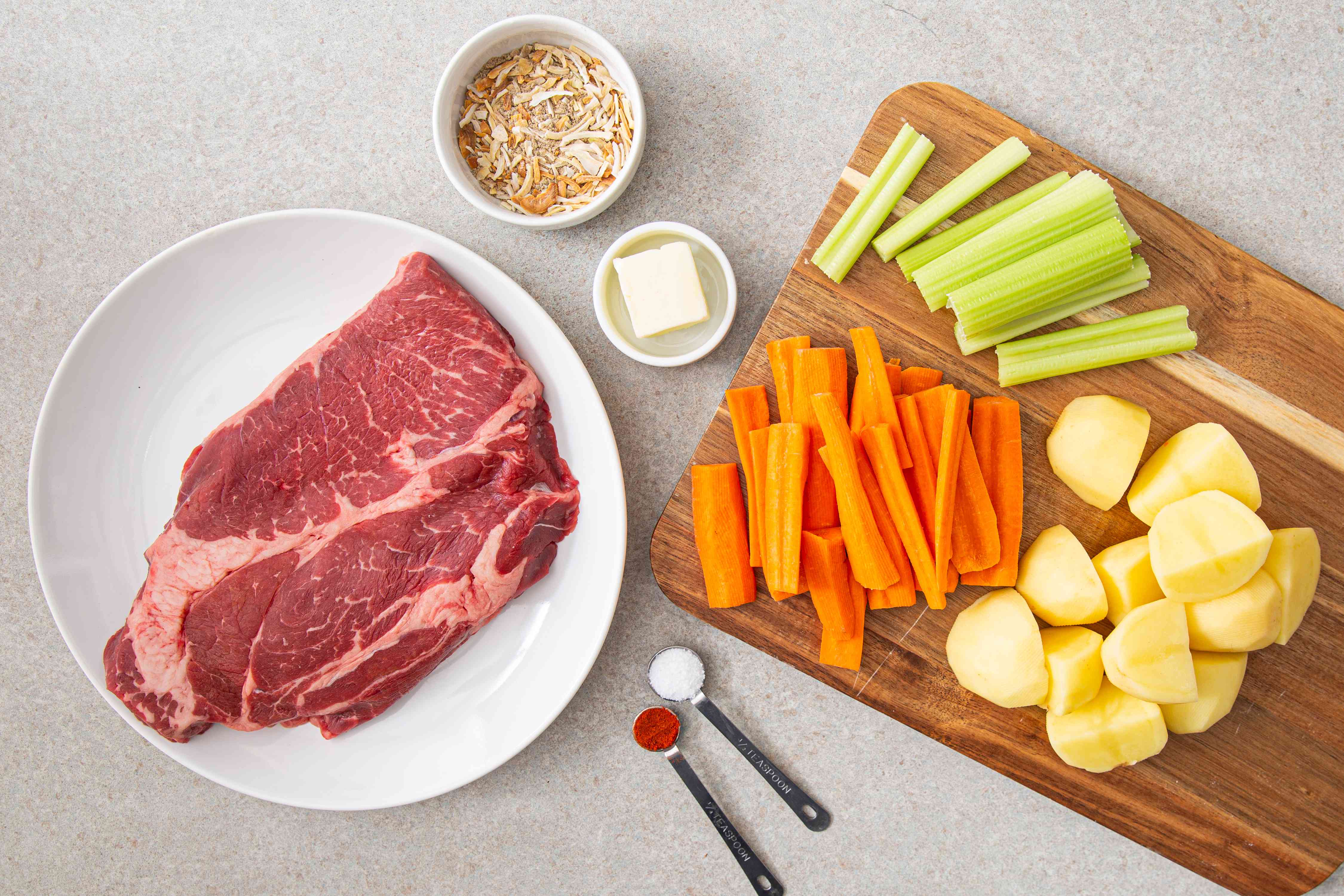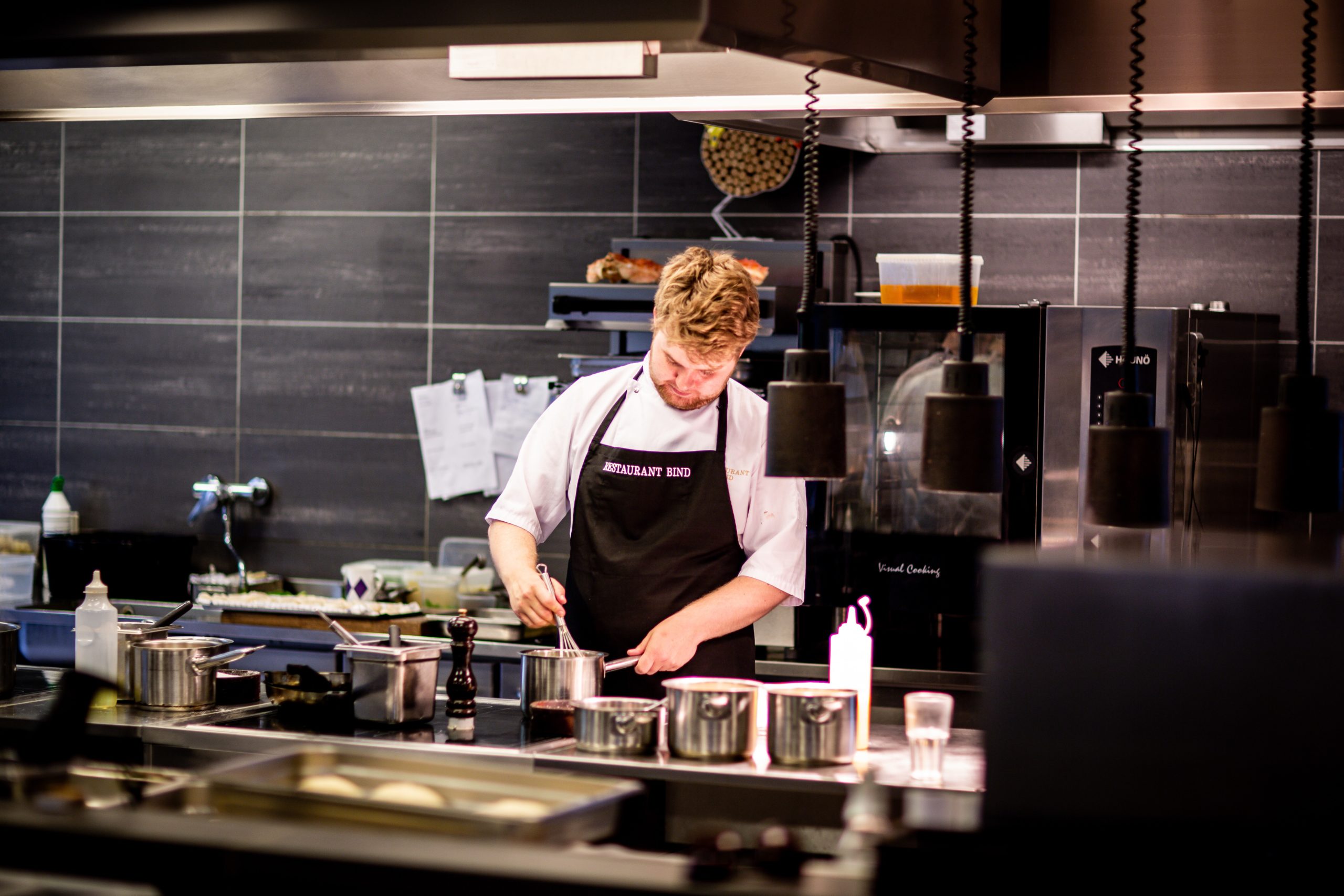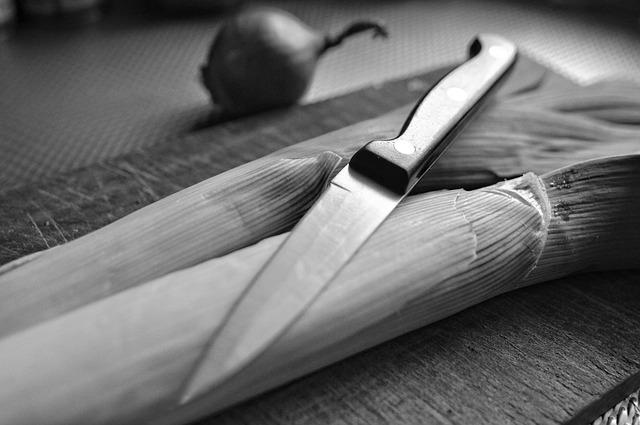
Healthy cooking isn't just a trend. So you can reduce the sodium and fat content of your food, learn how to make broths and stocks. Local ingredients are best. And, take an internal temperature reading of your food to ensure it's done. It will be a wise decision. These are just a few other ideas to help you get started. It is easy to cook healthier meals at your home.
Healthy cooking does not need to be trendy
If you're looking to improve your health and the quality of your life, healthy cooking is an excellent way to do that. It's not a fad. Healthy cooking isn’t a passing fashion. PepsiCo to Campbell Soup, for example, isn't following a fad. They actively make healthier food choices and expand their retail distribution.
Making your own stocks or broths gives you ultimate control over the amount of sodium and fat going into your meals
Making your own stock and broth can be healthy and delicious. To caramelize the meat, bones can be roasted to add a deep and earthy taste to the final product. The bones and cartilage of veal meat add gelatine and collagen to the stock. Stock can be substituted in many recipes for vegetable stock if you're a vegetarian. Bone broth has many uses and can be frozen for later use.
One of the most versatile cooking liquids is vegetable stock. Vegetable stock can be made from vegetables, potatoes, or onions. It can be used to make thick stews, gravies and sauces as well as Swedish meatballs. Turkey stock on the other hand uses vegetables as well as spices. It's also an excellent way to use leftover pot pie. You don't have to be a fan of chicken stock or beef. There are many options when it comes to turkey and chicken stock.

It is best to take the temperature of the food before you eat it.
A food thermometer, which is an excellent tool for cooking poultry and meat, is the best. The outside of meat and poultry may appear cooked but the interior is not always cooked. It is possible that your meat may not be fully cooked, as the juices of the meat or poultry might appear clear. This may seem like a tempting thing to do but it is not an accurate indicator of doneness.
Cooking food to the proper temperature kills harmful bacteria and fungi. Food poisoning is possible if it isn't heated to the right temperature. A good rule of thumb is that the internal temperature of the food should be hot enough to cause steam to escape. You can test this by inserting a thin knife into the center of the meat or poultry.
Using local ingredients
If you own a restaurant, it is a good idea to use local ingredients whenever possible. Although there is always the risk of charging too much for local ingredients, seasonal ingredients are a great way to cut costs. You can also use the USDA's Mixing Bowl to find recipes based on what's locally available. Using seasonal ingredients will allow you to make seasonal menus without having to buy items out of season.
One of the main advantages of using locally sourced ingredients is the quality and freshness of the food. You can feel confident buying produce and meat from local farmers. It's more fresh and flavorful than those from farmed sources. It's possible to support your local economy by working directly alongside local farmers instead of relying on large corporations. You can reduce your carbon footprint by choosing locally-sourced produce.

FAQ
How long does it take to learn to cook? How long will it take me to learn how?
It all depends on what level of skill you have. Some people can pick up basic cooking techniques within a day or two. Others might need months or even years to master basic cooking techniques.
The time it takes to learn how to cook will vary depending on who you are. For example, someone who has never cooked before would probably need more time than someone who cooks regularly. Also, certain types of cooking require more experience than others. Baking, for example, requires more experience than frying.
You should learn a particular technique to improve your cooking speed. You can then move on to the next technique once you have mastered it. You don't need to worry about how many days or weeks it took to learn how to cook. You can just keep at it and enjoy the process.
What is the cost to study culinary arts?
It is not easy to find a culinary arts degree that costs less than $40,000. A four-year degree usually costs around $40,000. On the other hand, a two-year associate's degree may cost less than $5,000. Tuition rates vary depending on what program you choose. Public institutions are more expensive than private institutions.
How can I learn more about cooking?
There are many cooking classes available all over the country. Many schools offer classes in baking, pastry, wine tasting, and more. If you want to learn more about cooking, you can enroll in a class at a local community college or vocational school, or attend one offered by a private institution.
How Long Does It Take to Be a Chef? What's the average career path for a chef?
It takes five years to become a chef. You will learn basic cooking techniques, and get experience as a chef assistant. After your training is complete, you will be eligible to apply for a job as a sous chef, executive chef, or line cook. The salary range for a chef is between $25,000 to $60,000 per annum.
Statistics
- under 10 Kids have been taught that there is special food just for them, and Fiese says that 10 percent of kids will throw a tantrum if they don't get the food they want. (washingtonpost.com)
- The median pay for a chef or head cook is $53,380 per year or $25.66/hour, according to the U.S. Bureau of Labor Statistics (BLS). (learnhowtobecome.org)
- You'll be amazed that over 90% of CIA students receive scholarships and grants to finish their culinary studies. (ischoolconnect.com)
External Links
How To
How to cook a steak
The right cooking method for any type of meat depends on its thickness. For example, thinner steaks are best cooked over low heat, while thicker ones need higher temperatures.
You should also ensure you don't overcook them because they'll lose flavor. And remember always to remove the steak from the pan when it's done - this way, you won't burn yourself.
Cooking times will vary depending on how large the steak is and what degree of doneness you desire. Here are some general guidelines.
Medium Rare: Cook till medium rare. This is when the internal temperature of the food reaches 145°F (63°C). This can take anywhere from 3 to 5 minutes per side.
Medium: Cook till medium. This normally takes around 6 minutes per side.
When done well, cook until the internal temperatures reach 180°F (82°C). This normally takes 8 to 12 minutes per side.